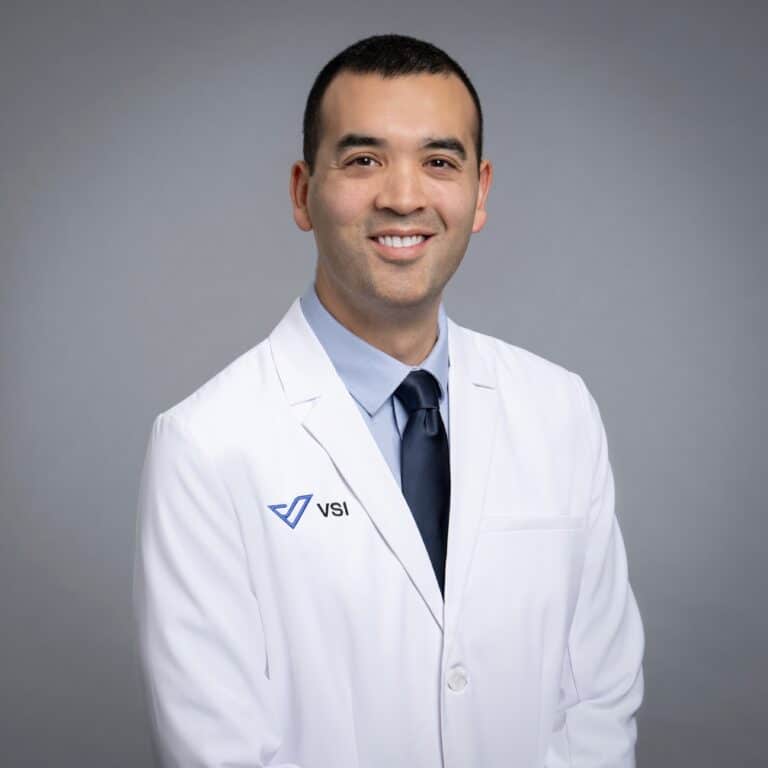3 Ways To Avoid Muscle Cutting During Spine Surgery
As a spine surgeon, I strive to use the most advanced technology and methods when performing surgeries. By using these advancements, spine surgery has become less invasive with quicker and better recovery.
What Causes the Pain After Surgery?
The traditional way of spinal surgery involves cutting the large back muscles. Once your muscle has been cut, it never grows back! Instead of reforming as muscle, it becomes scar and your back never quite moves the same again. Most pain after surgery comes from when muscle is cut; whether it’s the immediate pain you are feeling, or the continuing pain over your recovery. Fortunately, there are better ways to do spinal surgery! One of the major breakthrough techniques is muscle spreading.
What is Muscle Spreading?
Muscle spreading allow spine surgeons to perform the same types of procedures, but without cutting valuable muscle. During surgery we are now able to move muscles out of the way, and access the spinal discs without creating incisions within the muscles. This means an easier recovery, and faster return to pain free living!
3 Ways Spinal Surgery can be Done by Spreading Muscle, Rather Than Cutting It.
- Endoscopy
Spinal endoscopes are tiny cameras, half the size of your pinky finger, which can be carefully places near pinched nerves to relieve the pressure. While traditional surgery requires muscle and bone removal to access the nerves, endoscopy can be done without any muscle cutting whatsoever. In fact, after an endoscopic surgery, many patients do not feel any incisional pain at all! - Minimally Invasive Fusions
In contrast to traditional surgery, which requires large back incisions with tremendous muscle cutting, these fusions go through the abdomen. While this may sound scary at first, it definitely shouldn’t! Fusions can very carefully be performed by spreading muscle, gently moving the belly, and placing implants to take the place of the bad, painful discs. - Robotic Screw Placement
Spinal robotics allows us to place screws in very precise locations based off high powered imaging. But how does that make your surgery less invasive? Because we can accurately place screws without having to directly see your spine! Unlike traditional surgery, which requires tremendous muscle cutting to see your spine to place screws, robotics allows us to do it through small skin incisions and muscle spreading.
Remember, not all spine surgery is the same. By having our Spinal Specialists at Virginia Spine Institute develop, implement, and use the most advanced technology and latest surgical techniques, we are able to get you back to your pain free life better than ever before!
Topics covered
About the Author
Featured Resources
Insights to Achieve a Pain-Free Life


